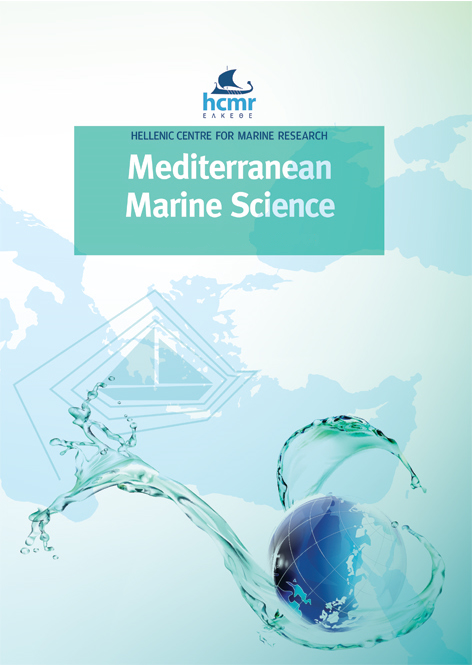First record of the Lessepsian Sammara Squirrelfish, Neoniphon sammara (Forsskål, 1775), in the Egyptian Mediterranean waters

Abstract
This paper discusses the first record of the sammara squirrelfish, Neoniphon sammara in the Egyptian Mediterranean waters. On April 2020, 17 specimens of this species were recorded in the miscellaneous catch at the Mersa Matruh landing site on the Mediterranean Sea (31.33333° Ν, 27.216665° E), Egypt. The collected specimens represent the first record of N. sammara in the Egyptian Mediterranean waters. These specimens have a total length of 15.3 to 21.5 cm, fork length of 13.3 to 18.7 cm, standard length of 12.4 to 17.2 cm, and total weight of 45.3 to 125.1 g. The specimens’ morphometric measurements and meristic counts are described. These new findings increase the number of Lessepsian species from the Egyptian Mediterranean waters to 44 species.
Article Details
- How to Cite
-
MEHANNA, S. F., & OSMAN, Y. A. (2022). First record of the Lessepsian Sammara Squirrelfish, Neoniphon sammara (Forsskål, 1775), in the Egyptian Mediterranean waters. Mediterranean Marine Science, 23(3), 664–667. https://doi.org/10.12681/mms.28204
- Section
- Short Communication
Authors who publish with this journal agree to the following terms:
- Authors retain copyright and grant the journal right of first publication with the work simultaneously licensed under a Creative Commons Attribution Non-Commercial License that allows others to share the work with an acknowledgement of the work's authorship and initial publication in this journal.
- Authors are able to enter into separate, additional contractual arrangements for the non-exclusive distribution of the journal's published version of the work (e.g. post it to an institutional repository or publish it in a book), with an acknowledgement of its initial publication in this journal.
- Authors are permitted and encouraged to post their work online (preferably in institutional repositories or on their website) prior to and during the submission process, as it can lead to productive exchanges, as well as earlier and greater citation of published work (See The Effect of Open Access).




